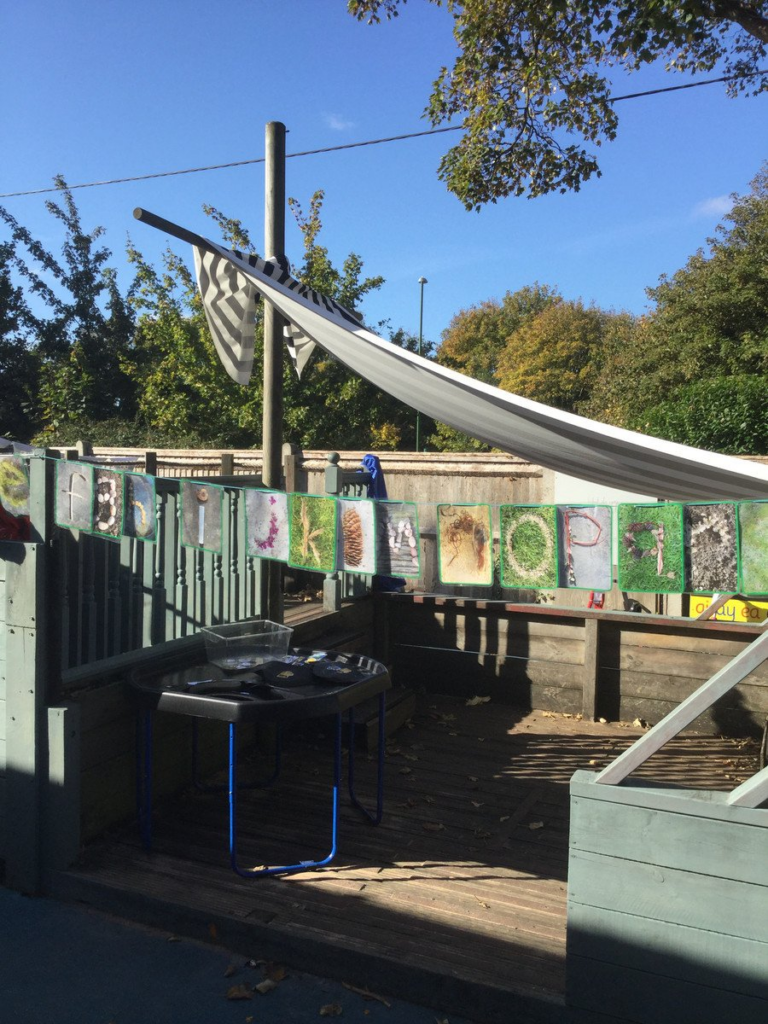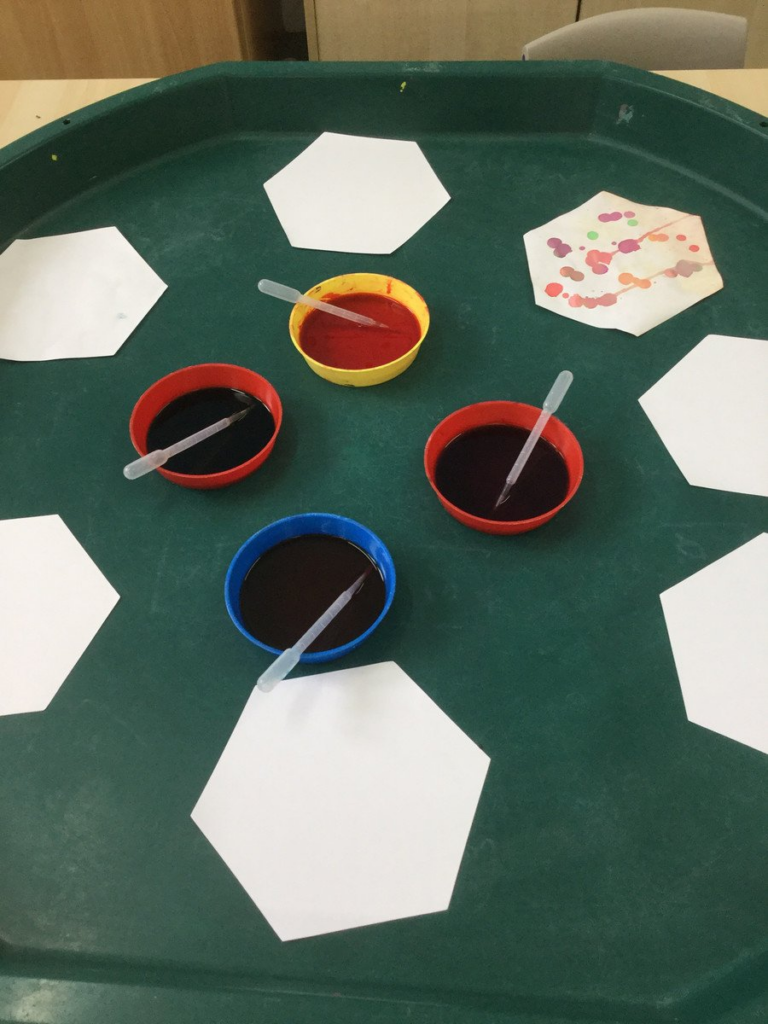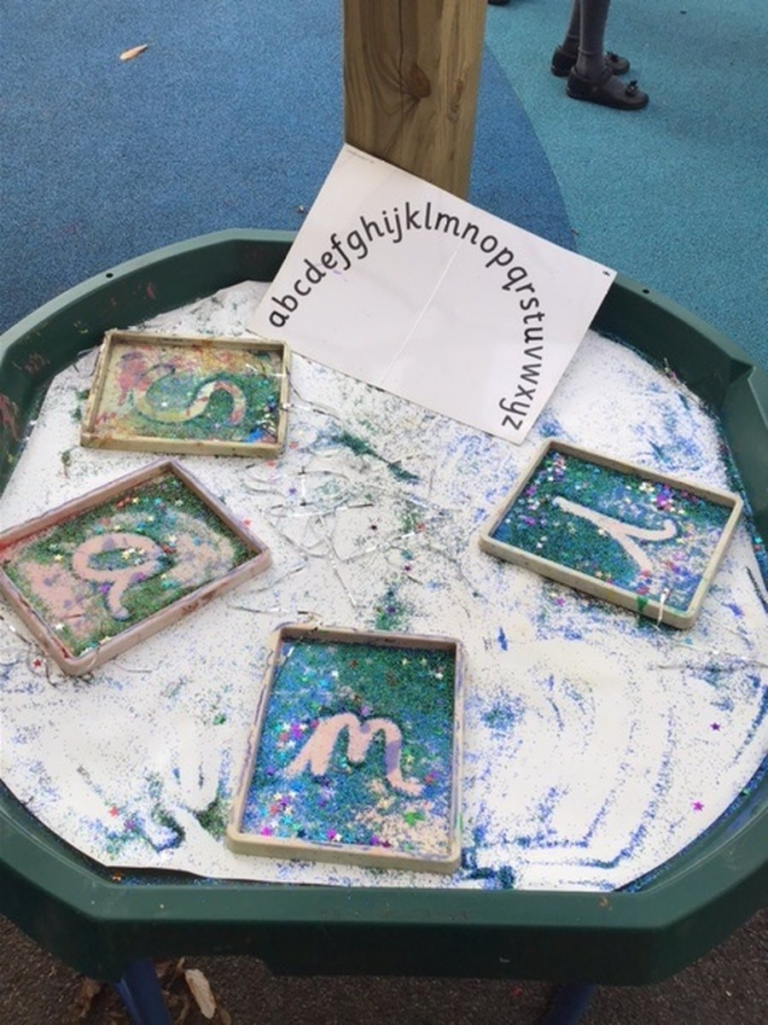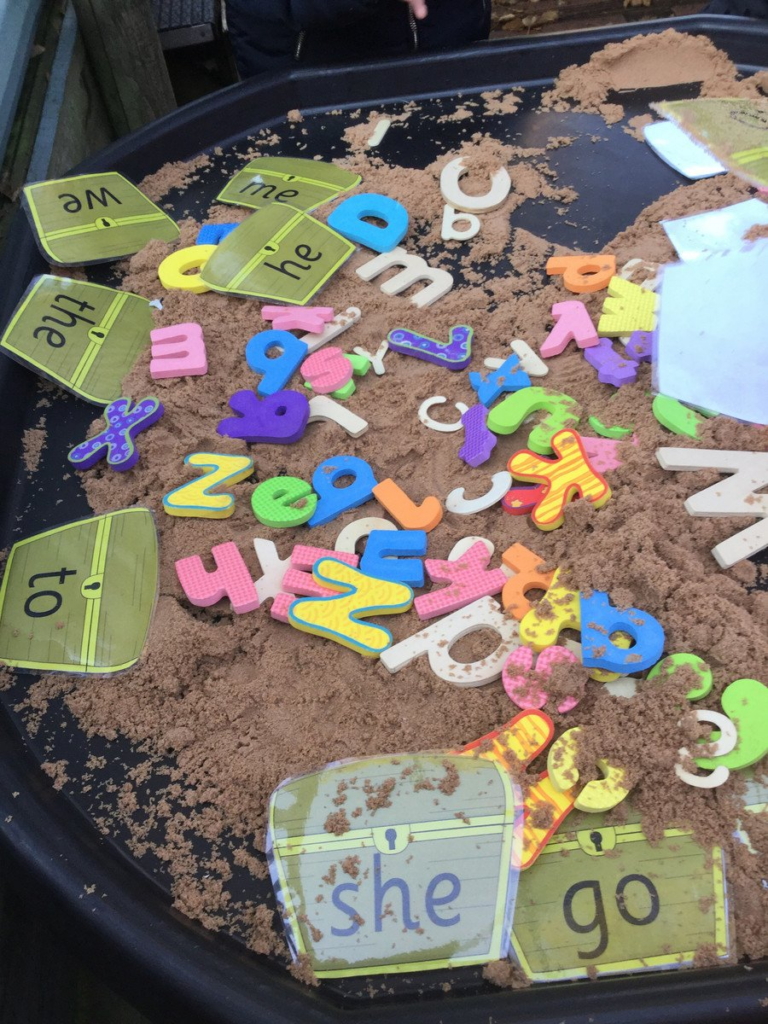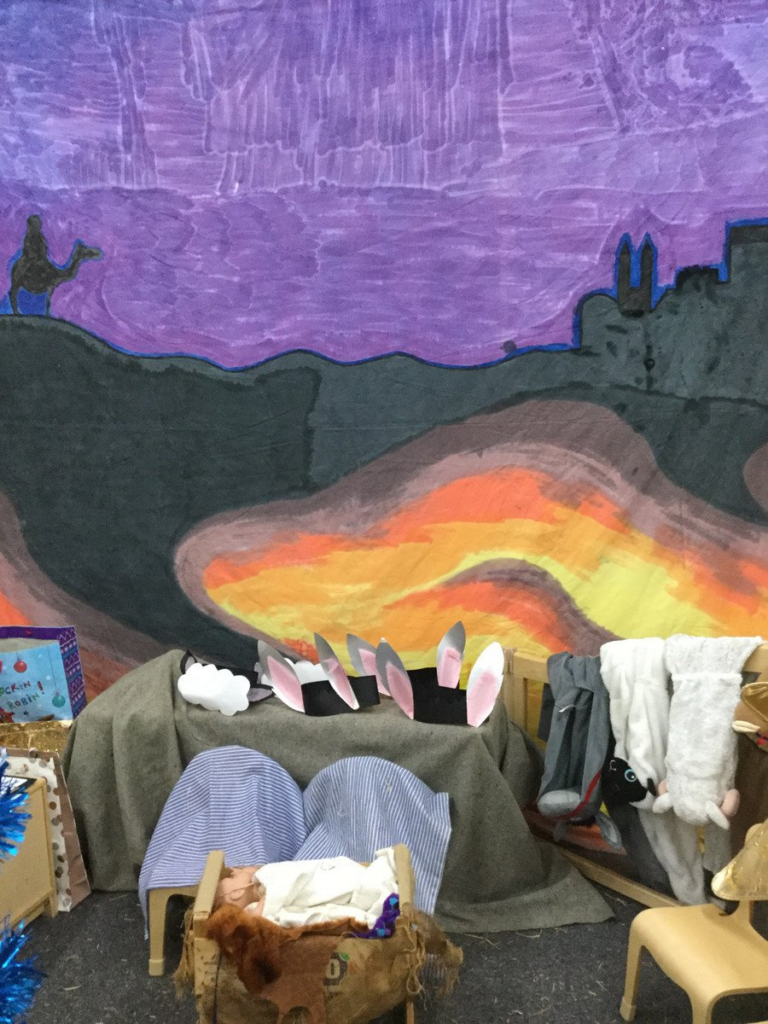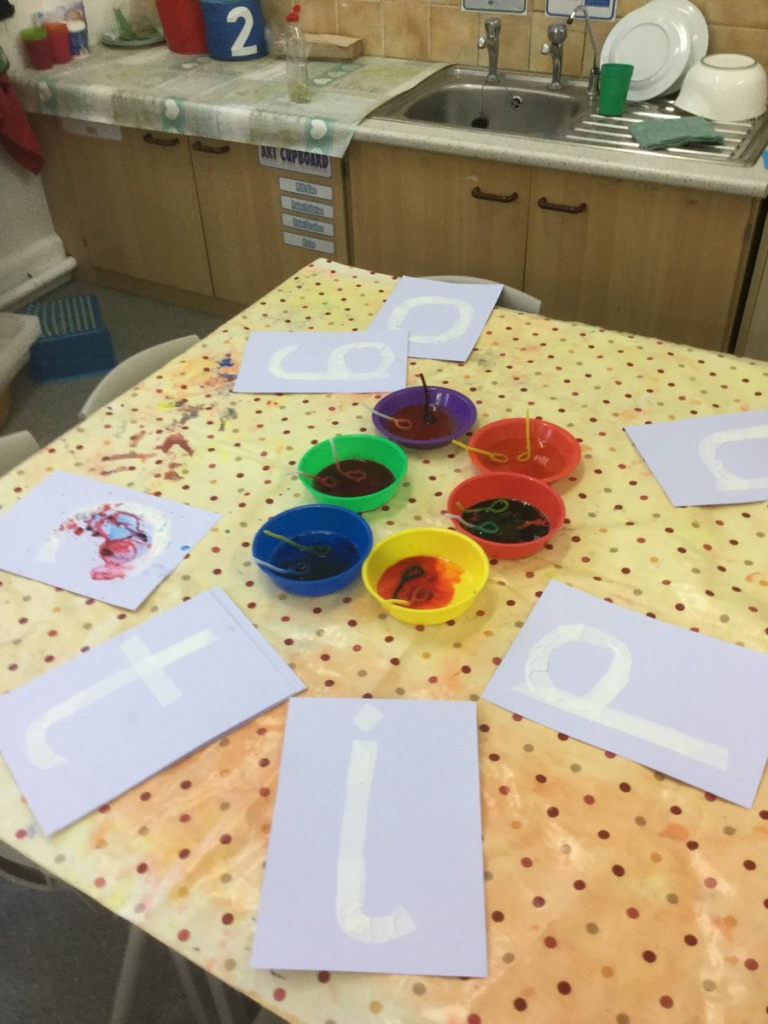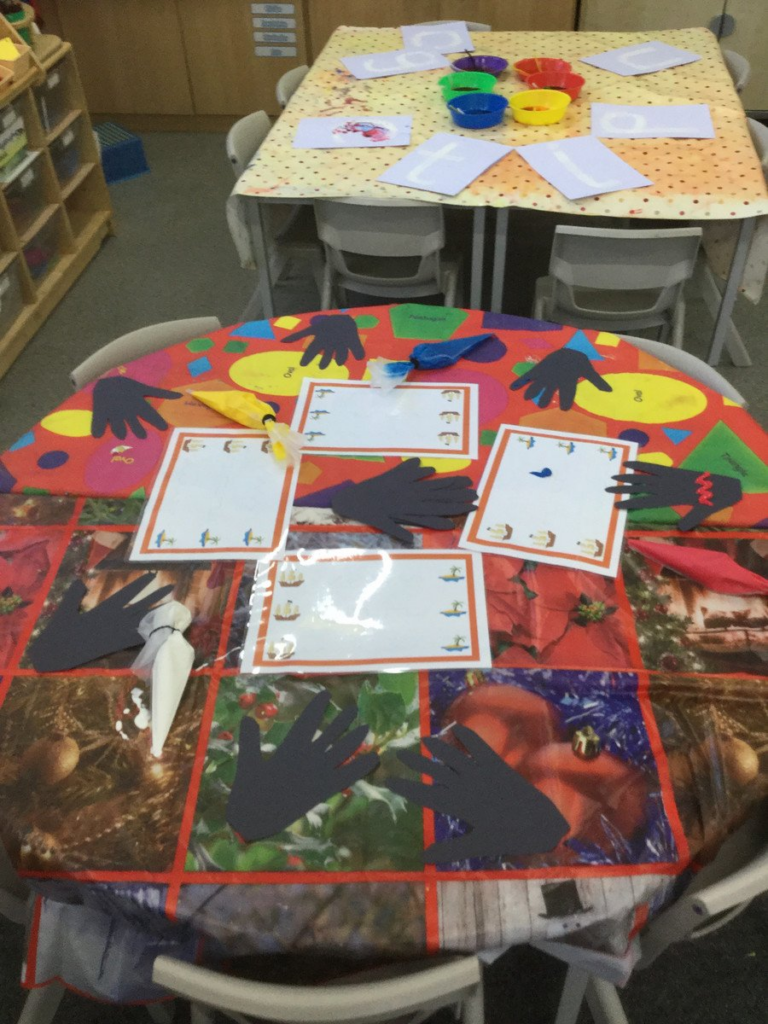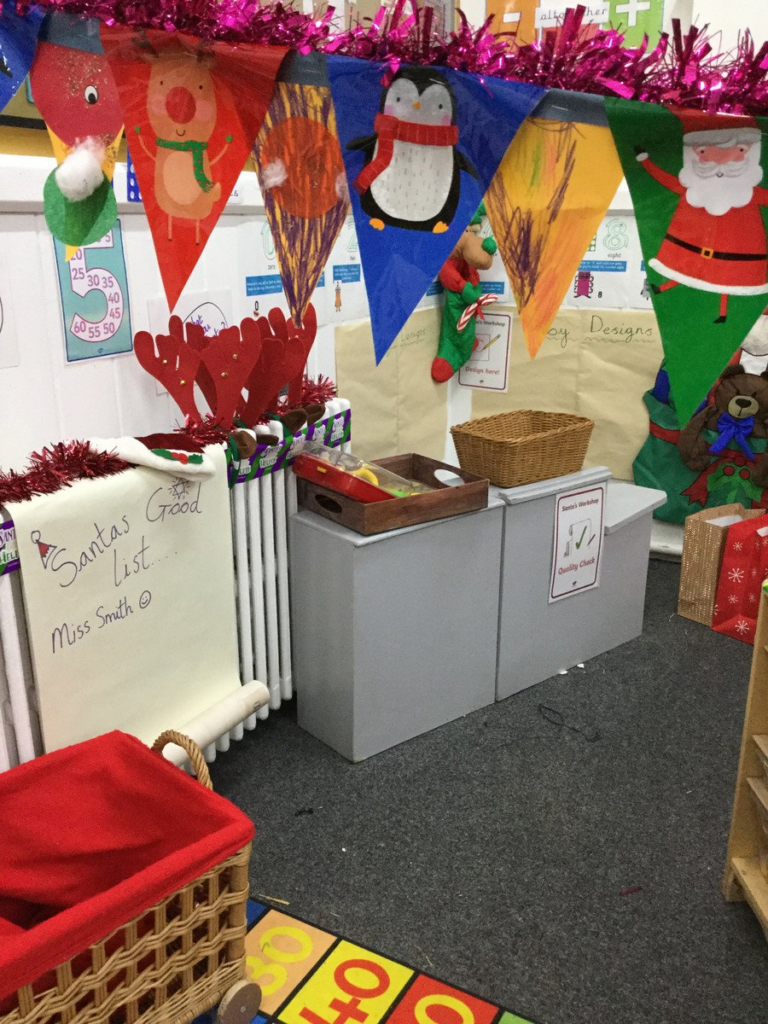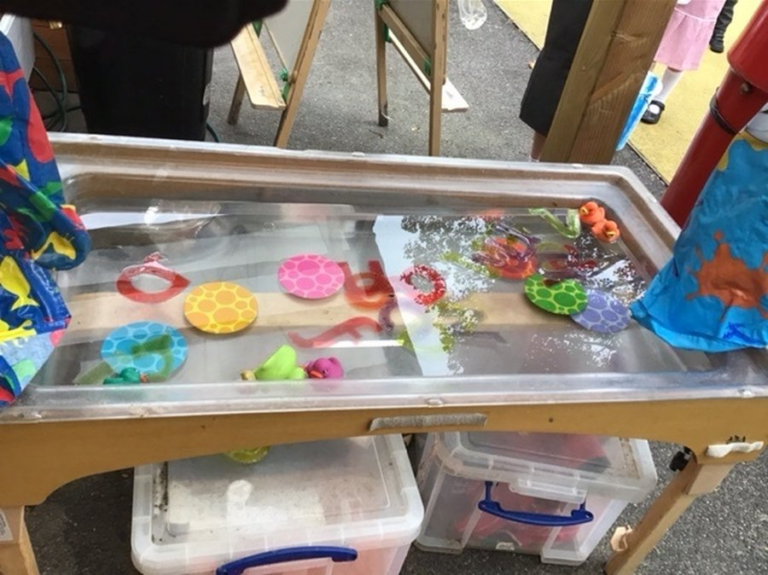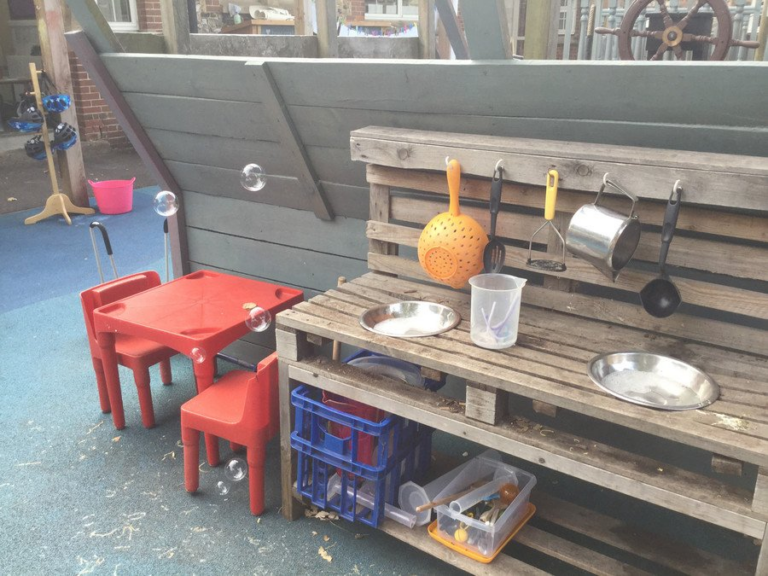In Reception at Lyminster Primary School we aim to provide a happy and secure environment where children can thrive and develop as unique individuals. We offer a creative and balanced curriculum, providing opportunities for children to pursue their own ideas and interests. We know that children learn through play and exploration, and therefore we provide a combination of play-based learning, both inside and out, with adult-directed activities and opportunities for independent learning and challenge.
We support pupils to become independent learners; self confident and resilient learners able to overcome difficulties and experience success. We achieve this by providing the children with first hand learning experiences rooted in purposeful play. Our aim is to ensure that your child will develop positive attitudes to learning and will develop socially, emotionally, physically and intellectually. We promote positive partnerships with parents and carers and together we will ensure your child has a fulfilling first year at Lyminster Primary School!
Enabling Environments
Mark Making in Early Years
Children begin their journey towards writing, not by producing letters and words, but by simply making marks. The marks children begin to make slowly start to have more meaning for them and at first may seem like random swirls but as their fine motor skills develop we see the emergence of circles, lines and dots. To develop our whole body muscles (gross motor) and to control our upper body and shoulders for controlling the marks we make we take part in daily ‘Write dance’ activities. In these sessions we create marks to music using our whole body to perform movements before representing these marks on paper through pictures. Also to support with our fine motor development we regularly exercise our fingers and build up control with our hands by taking part in daily ‘Dough Disco’ activities. As we learn our new sounds we become familiar with letters that we are keen to be able to produce in our mark making as we begin to give our writing meaning.
Physical Development in Early Years
Physical development contributes to cognitive development – as children move and explore the world they learn about the properties of objects and their own capabilities as they learn to move in a variety of ways with control. Physical development can also help with the maintenance of a healthy weight and the development of strong bones, muscles and heart. We believe that physical development can also help with the development of personal and social skills. We develop our self-confidence as we take safe risks on the scooters and climbing equipment. Avoiding obstacles and navigating the space around them, turn taking and learning to get along with others is also developed through physical activity.
Numeracy in Early Years
Early numeracy aims to develop children’s number skills and improve their knowledge and understanding of early mathematical concepts. In Early Years we want to develop children’s ‘number sense’ (their developing understanding of quantity and number) by providing stimulating or pretend activities involving counting or using mathematical language including shape. As part of our provision for numeracy we provide concrete and pictorial resources for children to explore mathematical concepts through tactile experiences and play.
Expressive Arts & Design in Early Years
The development of children’s artistic and cultural awareness supports their imagination and creativity. It is important that children have opportunities to engage with the arts, enabling them to explore and play with a wide range of media and materials. The quality and variety of what children see, hear and participate in is crucial for developing their understanding, self-expression, vocabulary and ability to communicate through the arts.
Understanding the World in Early Years
This involves guiding children to make sense of their physical world and their community through opportunities to explore, observe and find out about people, places, technology, and the environment. We encourage children to explore and investigate how and why things work and to test out their ideas of what will happen if they do a particular thing like pouring more and more water into a container, for example.
Phonics in Early Years
Phonics is a method of teaching early reading and writing skills to children, based on linking the way words sound to how they’re spelt. Children are taught to read by pronouncing sounds rather than the letters and recognising the relationship between sounds and letters for example they learn that the letter ‘A’ has the sound of ‘a’ like in the word (a)pple. Through daily phonics teaching using a Read Write Inc approach children are encouraged to mimic and memorise musical rhymes and natural letter sounds, which form the basis of many common words.
Home Learning
We are learning about toys and materials that are used to make old and new toys.
Please can you draw a picture of a toy that belongs to an older member of your family and a toy that belongs to you.
- Can you describe your toy and include materials that have been used?
- Can you make a list of all the differences between old and new toys?
- If you can please can you email the school office a photo of your toy?
- Can you invent a new toy?
- Can you design it on paper and then use different materials around your home to make it?
- This could be a car or a puppet?
- Which materials would you need?
- What if you made the toy move?
- How would you make it move?
- Remember to spend time in the planning stage!
- Please think very carefully before you design and make the toy!
- Bring it into class to show your friends as we can keep it safe in the classroom for you.

